Do you know Zereshk Polo Ba Morgh?
What on earth is this dish from which country?!
It's not very familiar in Japan, but after reading this article, you'll be fine.
We'll guide you to new encounters!
Please watch until the very end!
Additionally, TasteTune introduces cuisines from around the world and streams music that expresses each dish♪
You can stream it on YouTube, Spotify, and other platforms, so enjoy it along with this article!
Zereshk Polo Ba Morgh
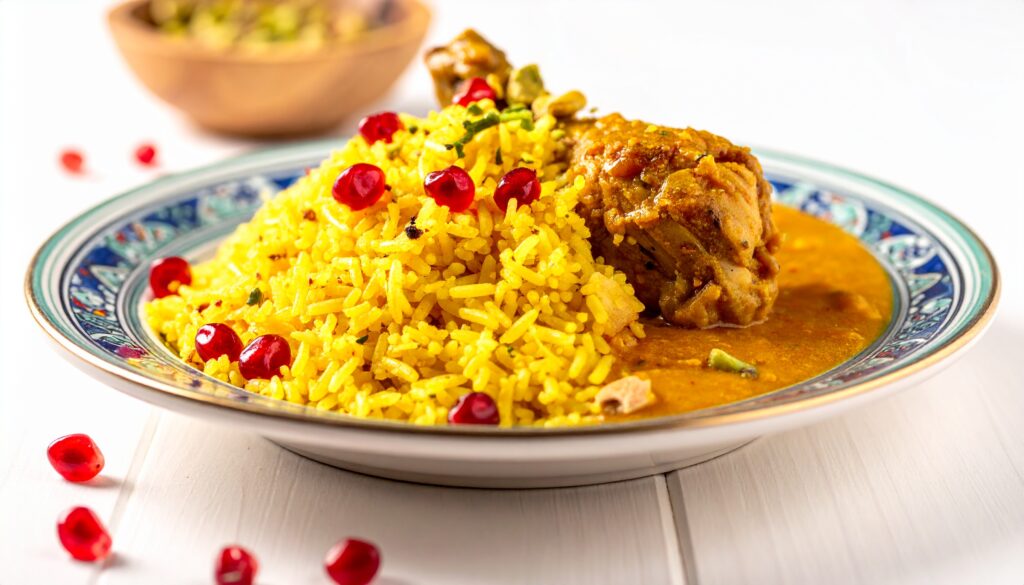
Zereshk Polo Ba Morgh is one of the representative home-cooked dishes enjoyed throughout Iran.
The meaning of the name is
Zereshk = Barberry (a tart, small red berry)
Polo = Rice dishes (rice mixed with saffron and_ other ingredients)
Morgh = Chicken
It refers to “Barberry Rice and Chicken.”
Barberry is a small red berry primarily produced in Iran.
Adding it to rice, stews, salads, and other dishes can impart a sour flavor.
Zereshk Polo Ba Morgh consists of this barberry, along with rice and chicken seasoned with saffron and butter.
Characterized by the aroma of saffron, the richness of butter, and tender chicken seasoned with spices.
As a result, it is a vibrant dish where sweetness, acidity, and aroma are harmoniously balanced.
It also has a flavor similar to “ketchup rice and chicken” from a Japanese perspective.
The addition of barberry and saffron brings out a unique flavor.
TasteTune「Zereshk Polo ba Morgh」
Everyone, have you heard Tastetune's song “Zereshk Polo Ba Morgh”?
This music draws inspiration from Zerešk Polu-e Morgh, expressing through sound the grandeur of Persian history and culture, as well as the warmth of home.
The fusion of Persian classical instruments like the tar, setar, and santur with orchestral strings and delicate piano invites listeners into the grand narrative of Persia.
Please give it a listen!
Below, we introduce the thoughts, expressions, and creative approaches embodied in this musical work.
The Selection of Sounds that Play the Winds and Fragrances of Persia
This piece begins with quiet, gentle sounds, evoking the wind sweeping across the vast Persian desert and the fragrance of flowers blooming in the gardens of Shiraz.
Traditional Persian instruments like the tar and santur weave elegant, delicate melodies, painting beautiful landscapes that have endured since ancient times in the hearts of listeners.
The addition of drums known as dafs and tombaks evokes the breath of people echoing across time and the vitality inherent in Persian poetry.
The expansive sound beautifully expresses the deep, rich flavor of Zeleshiki Polo Ba Morg—golden rice and sweet-tart fruit.
A soundscape where blessings and elegance converge
As the melody progresses, the sound gradually grows more splendid, enveloping the scene in a warm atmosphere reminiscent of a Persian feast where people honor their dearest guests.
The grand sounds of string instruments intertwine, evoking visions of ancient bazaars and palaces.
It is filled with joy, as if you could hear the laughter and the applause of celebration.
Toward the end, a gentle and quiet melody returns, carrying a sense of nostalgia and leaving a tender afterglow deep within the heart.
It is the very feeling of happiness that lingers after tasting Zereshk Polo ba Morgh—deep, quiet, and enduring.
A story woven with grandeur and warmth
What resonates throughout this piece is a sense of grandeur, warmth, and richness of the heart.
Within every note lies the generous spirit of the Persian people, and the bonds between family and friends born through the sharing of food.
Tradition and modernity blend beautifully, gently embracing the listener’s heart—as if a single dish were telling the story of life itself.
The world of Zereshk Polo ba Morgh, savored through sound
This piece of music is not just background music.
It is a work of art that lets you feel, through sound, the rich flavors of Zereshk Polo ba Morgh, the grand history of Persia, and the heartfelt hospitality of its people.
Close your eyes, and the golden rice seems to shimmer in the light, while gentle songs and smiling voices echo from afar.
Surrender yourself to this journey of sound, and let your heart savor the beauty of Persia and the warm world of Zereshk Polo ba Morgh.
The History of Zereshk Polo Ba Morgh
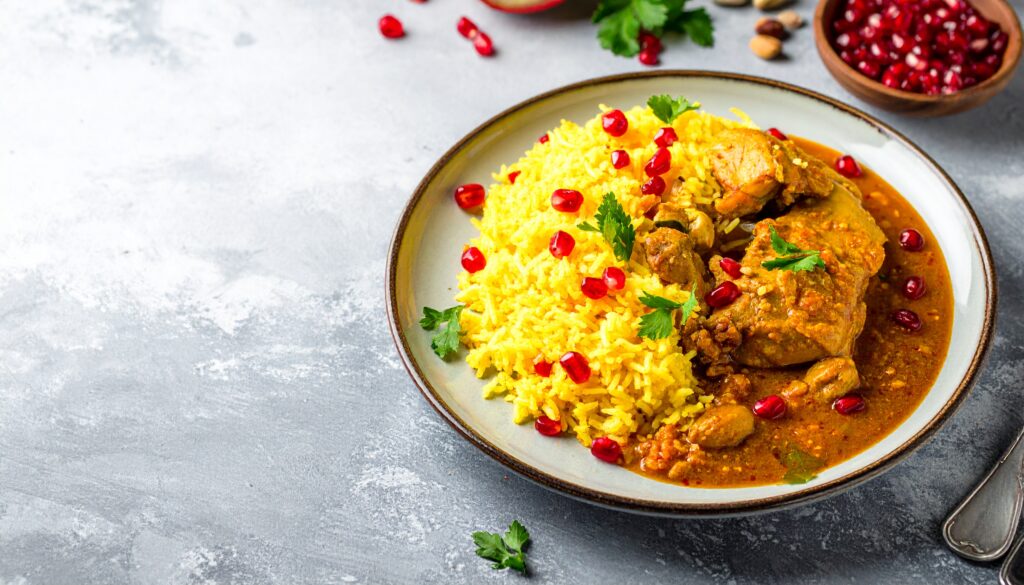
Persian cuisine has traditionally used pomegranates, dried fruits, and sour seasonings.
As part of this trend of “dishes incorporating sour ingredients,” dishes using barberry began to appear.
Its origins are said to date back to the Safavid dynasty (an Iranian dynasty that flourished from the 16th to the 18th century).
However, no reliable academic literature appears to corroborate this period of appearance.
Subsequently, alongside the evolution of Persian court cuisine, a style of presentation-focused cooking emphasizing color, appearance, and aroma developed.
It has been suggested that rice dishes using ingredients like barberry may have become established during this period.
In the process of developing and spreading culinary traditions, regional variations emerged, and today a diverse array of recipes exists.
Trivia and Fun Facts About Zereshk Polo Ba Morgh
Iran’s “Jewel Rice”
Barberry berries are a vivid red, and when sprinkled over rice, they resemble rubies, hence the name “Jewelled Rice.”
One reason this is favored at weddings and celebratory occasions is its splendor.
Iran dominates the global market share
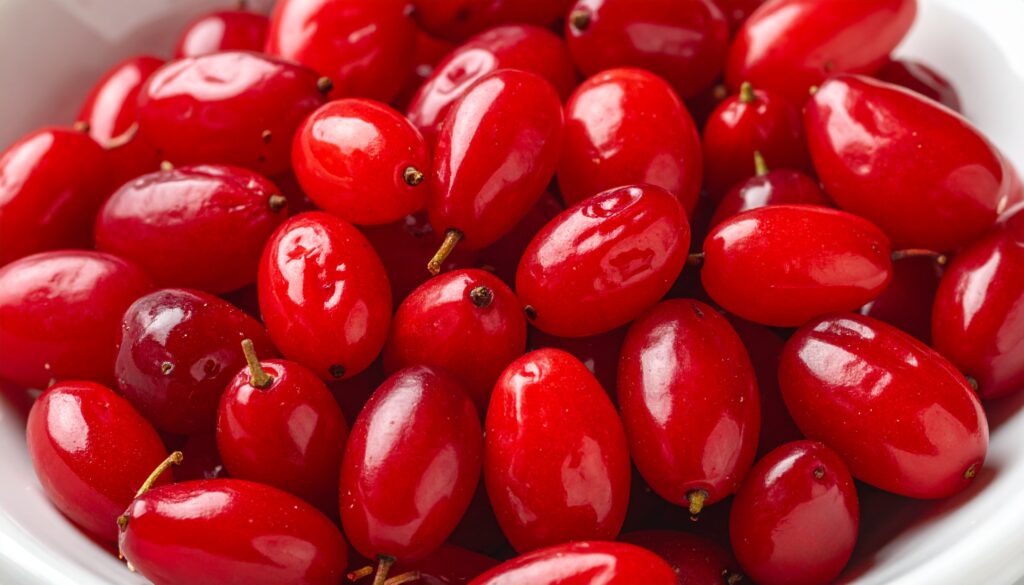
Iran accounts for over 95% of the world's barberry production.
Khorasan Province in the east is a major production area, locally known as the “fields of red rubies.”
Therefore, this dish is supported by ingredients that are uniquely Iranian staples.
The spirit of hospitality
Iranian cuisine is characterized by layering complex aromas with herbs and spices, with barberry specifically providing tartness.
At Zereshk Polo Ba Morgh, this sourness is said to refresh the palate, making it a popular dish served to guests.
It can be likened to the sensation of Japanese “pickled plum rice balls” soothing fatigue.
The different “feel of a special meal” at home and in restaurants
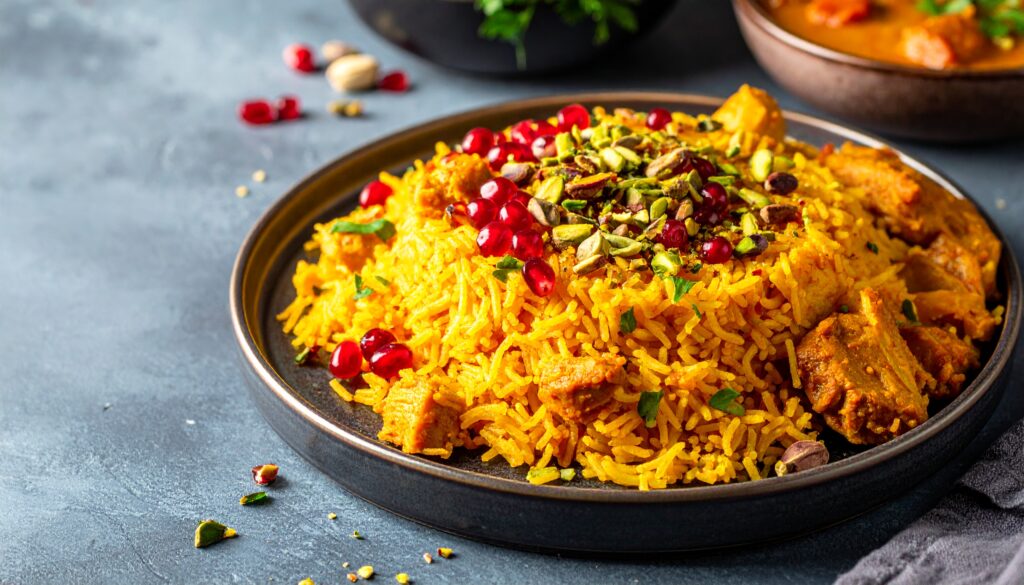
At home, I make it relatively simply with “barberry + saffron rice + chicken.”
Meanwhile, restaurants and celebratory occasions often sprinkle pistachios and almonds on top to create a more luxurious appearance.
Therefore, it occupies a somewhat peculiar position as a dish that is both home cooking and banquet cuisine.
A bit of confusion over names
When simply referred to as “Zereshek Polo,” it usually refers to the rice portion.
“Zereshk Polo Ba Morgh” means “with chicken.”
In Iran, ordering “Zerešk-Polo” sometimes comes with chicken, which can be a bit confusing.
The Contrast of Colors: A Culinary Philosophy
White rice, golden saffron, crimson barberry, and a reddish chicken sauce.
Persian cuisine strongly emphasizes the concept of “eating with your eyes,” and this dish is said to be the very symbol of that culture.
The aesthetic sensibility of Iranian cuisine is evident in the equal emphasis placed on visual beauty and taste.
How to Make Zereshk Polo Ba Morgh
Ingredients (serves 4-6)
Chicken (morgh) portion
- Chicken thighs (bone-in is acceptable) … approximately 750g
- Onion … 1 medium (cut in half)
- Turmeric (powder) … ½ teaspoon
- Tomato paste … 2 tablespoons
- Lemon juice … 2 tablespoons
- Saffron (ground or crushed threads) … ¼ teaspoon (dissolve in a small amount of hot water)
- Salt and pepper … to taste
- Oil or ghee … as needed
Rice (polo) portion
- Basmati rice (or long-grain rice) … about 2 cups (300–400g)
- Salt … 1 tablespoon (for blanching)
- Ghee or butter … 2 to 3 tablespoons
- Saffron liquid … a small amount (for aroma and coloring)
Zereshk (Barberry) Section
- Dried barberries … 4 to 5 tablespoons
- Butter or ghee … 1 tablespoon
- Sugar … 1–2 teaspoons (to adjust tartness)
Decoration (optional)
- Pistachios and sliced almonds … to taste
Preparation
- Dissolve saffron in a small amount of boiling water to make liquid saffron.
- Rinse the rice, soak it for 30 minutes to 1 hour, then drain it in a colander.
- Lightly rinse the barberries and drain them well.
How to make them
1. Simmer the chicken
- Heat oil in a pot and brown the chicken on both sides.
- Add the onion, then sprinkle in the turmeric, salt, and pepper. Sauté until fragrant.
- Add just enough water to cover, then simmer over low heat for 30 to 40 minutes.
- Add tomato paste, lemon juice, and saffron infusion, then simmer for another 10 to 15 minutes to thicken the sauce.
2. Cook rice
- Bring a large pot of water to a boil, add salt, and parboil the rice for 7 to 8 minutes. The rice should be soft on the outside but still have a firm core inside.
- Drain in a colander, rinse lightly under water, and drain well.
- In a separate pot, heat butter (or ghee) and spread a thin layer of rice on the bottom to prepare for making taddig (crust).
- Pile the remaining rice into a mound and drizzle saffron liquid over it in places.
- Wrap a dishcloth around the lid and close it, then steam over low heat for 30 to 40 minutes.
3. Cooking Barberry
- Melt butter in a frying pan and sauté the barberries over low heat.
- Add sugar and toss lightly to coat, bringing out the shine.
※Finish quickly as it burns easily.
4. Plating
- Serve the steamed rice in a bowl, then set aside a portion and mix in saffron rice and barberries for color.
- Scatter the barberries over the rice and place the chicken alongside.
- Pour the chicken sauce over the top and garnish with nuts to finish.
Points
- Barberries are quite tart, so adding sugar makes them easier to eat.
- Tadig (crust) is the essence of Persian cuisine. Coat the bottom of the pot with oil and cook slowly over low heat.
- Searing chicken before simmering enhances its savory aroma.
Summary
How did you like it?
This time, we introduced Zereshk Polo Ba Morgh, a classic Iranian rice dish!
I hope you've gotten a glimpse of the charm of this dish, which is not only delicious but also visually stunning—so much so that it's often called a jewel.
Regarding the history of this dish, there is little documentation available, so it was difficult to provide detailed information.
I think it's fine to understand it as dishes born from the evolution of the country's unique ingredients and court cuisine alongside its original culinary culture (roughly speaking).
We anticipate that there will be other dishes in the future whose history is not well documented, as was the case this time. We would appreciate your understanding in this regard.
Now, regarding where you can eat this dish in Japan, it seems to be offered at Iranian restaurants and similar establishments.
At specialty shops, you can enjoy flavors closer to the authentic taste!
And once again, as usual, I've shared a recipe.
While it's important for bringing out the flavor, processes like simmering do take a bit of time.
If you take the time to simmer it thoroughly without skipping that step, you should be able to make a very delicious dish.
Please give it a try when you have time.
I'd be delighted if anyone reading this article develops even a little interest in this dish.
Thank you for watching until the very end!
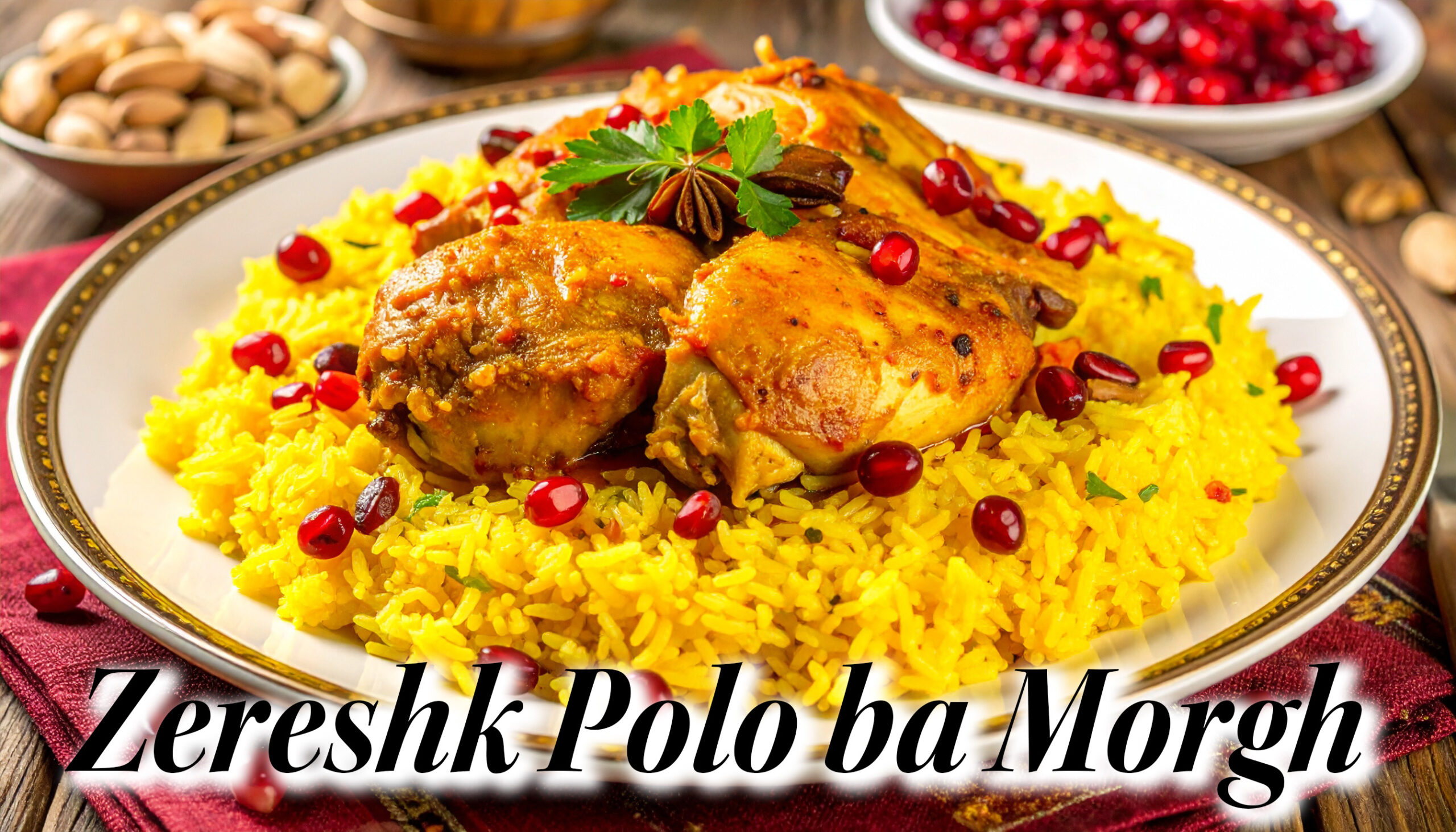

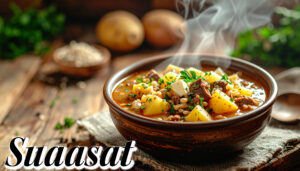

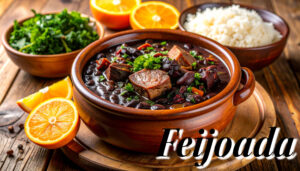
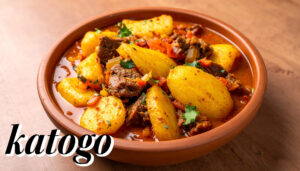
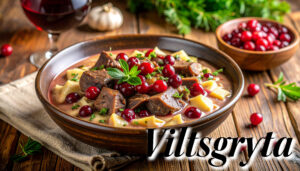

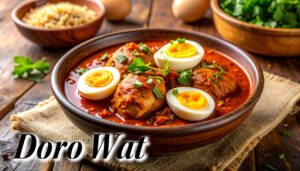

Comments